Roof Replacement: Essential Tips for a Successful Project
The roof is more than just a cover for your house; it is the primary barrier against harsh weather conditions, ensuring the safety and comfort of your loved ones. When it’s time for a roof replacement at your Pennsylvania home, you’re not only improving your house’s curb appeal, you’re also investing in a long-term safety solution. However, this isn’t a task to be taken lightly or tackled without adequate preparation. Read on as we provide you with essential tips for making your roof replacement project a success – from understanding when it’s time to replace your roof and choosing the right materials, to narrowing down the finest local roofing contractor. Let’s make your home safe from top to bottom!
When replacing a roof, there are several factors to consider such as the type of roofing materials, the cost, the durability of the materials, and the weather in your area. Additionally, it is important to work with a reputable roofing contractor who can provide expert advice for your specific roof replacement needs. At our roofing company in Pennsylvania, we have over 30 years of experience helping homeowners navigate their roofing projects. We offer a variety of services such as roof replacements, repairs, and inspections to ensure that your new roof will last for years to come.
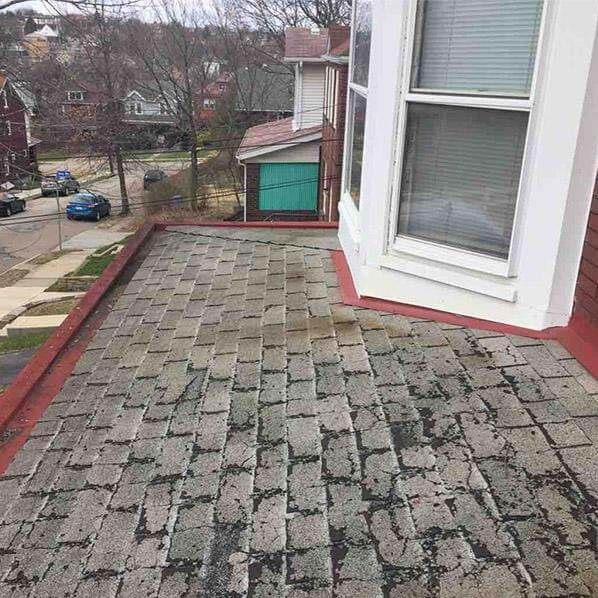
Signs Your Roof Needs Replacement
A well-maintained roof is essential for protecting your home from the elements. However, over time, wear and tear may take their toll, leading to the need for a roof replacement. But how can you tell if your roof is due for replacement? Here are some key signs to look out for:
Leaks and Water Damage:
One of the most obvious indications that your roof needs replacement is the presence of leaks or water damage. If you notice water stains on your ceiling or walls, it’s a strong indication that water is penetrating through your roof. Additionally, if you find wet spots or mold growth in your attic, it’s a sign that your roof is no longer providing adequate protection against moisture.Like a vigilant detective searching for clues, examine your attic space during daylight hours to identify any streams of light filtering through cracks or holes in the roof. These rays of light serve as evidence of potential trouble spots that require immediate attention.
Missing or Damaged Shingles: Inspecting the condition of your shingles is another way to determine if your roof needs replacement. Look for missing, cracked, or curling shingles. Over time, shingles can deteriorate due to exposure to harsh weather conditions such as extreme heat, winds, and hailstorms. Damaged shingles not only compromise the overall aesthetics of your home but also leave vulnerable areas exposed to potential water damage.
Imagine a row of missing teeth in an otherwise perfect smile; those gaps create vulnerabilities and weaken the structure. Similarly, missing or damaged shingles leave patches on your roof that can result in leaks and further damage if not addressed promptly.
Granule Loss: Asphalt shingles often have protective granules embedded on their surface. These granules provide vital UV protection and help prolong the lifespan of the shingles. If you notice a significant amount of granules in your gutters or downspouts, it might be a sign that your shingles are reaching the end of their life cycle. Granule loss can make your roof more susceptible to damage and reduce its overall effectiveness.
Having reviewed some key signs that indicate the need for roof replacement, let’s now shift our focus to another important factor: roofing age and wear.
Roofing Age and Wear
The age of your roof is an essential factor to consider when determining whether roof replacement is necessary. While most roofs have a lifespan of 20 to 30 years, this can vary depending on factors such as the type of materials used and the climate in which you live.
Consider your roof as if it were an athlete. Just like an athlete’s ability and performance decline over time, so does the functionality and durability of a roof as it ages. This analogy highlights the importance of evaluating the condition of your roof as it reaches certain age milestones.
It’s important to take into account any previous repairs or maintenance that has been done on your roof. If you’ve had multiple repairs or notice recurring issues, it could be a clear indication that your roof is nearing the end of its lifespan and may require replacement.
Additionally, environmental factors can accelerate the wear and tear on your roof. Extreme weather conditions such as heavy rain, snow, strong winds, or exposure to constant sunlight can shorten the lifespan of your roof. Regularly assess your roof’s condition to catch any signs of wear early on.
Some homeowners might be tempted to delay replacing their roof, hoping for a few more years of use or trying to save money. However, delaying replacement could lead to more extensive damage in the long run. It’s essential to weigh the costs of ongoing repairs against investing in a new roof that will provide long-term protection and peace of mind.
- According to the National Association of Home Builders, typical asphalt shingle roofs are expected to last around 20 years, but extreme weather conditions can shorten this lifespan.
- A study by the Institute for Business & Home Safety found that roofs over 20 years old are 21% more likely to have damage that would require replacement.
- A research paper published in the Journal of Industrial Ecology found that approximately five percent of all U.S. landfill waste is roofing material, indicative of widespread replacement and repair.
Water Damage and Leaks
Water damage and leaks are among the most common issues homeowners face when it comes to their roofs. These problems can arise from a variety of factors, including age, poor installation, severe weather conditions, or lack of maintenance. It is crucial to address water damage and leaks promptly to prevent further deterioration of the roof structure and potential damage to the interior of your home.
Water damage can lead to various issues such as rotting wood, mold growth, compromised structural integrity, and even electrical hazards. Leaks can manifest as visible stains on ceilings or walls, warped or discolored flooring, or dampness in attic spaces. Ignoring these warning signs may lead to more significant problems down the line, such as extensive water infiltration and costly repairs.
Imagine waking up one morning after a heavy rainstorm only to find a pool of water in your living room. The ceiling is dripping, and you notice dark stains spreading across the surface. As you frantically place buckets to catch the water, you realize that this problem could have been avoided if you had addressed smaller signs of water damage earlier.
It’s worth noting that prevention is key when it comes to combating water damage and leaks. Regular roof inspections by professionals can help identify potential vulnerabilities and allow for necessary repairs or replacements before major issues arise. This proactive approach can save both time and money in the long run.
Now that we understand the importance of addressing water damage and leaks promptly let’s delve into the key reasons why roof replacement becomes necessary in certain situations.
Key Reasons for Roof Replacement
Roof replacement becomes necessary when repair measures are no longer effective in ensuring the safety, functionality, and longevity of your roof. While it might seem like a daunting undertaking, there are several situations where replacing your roof is the best course of action:
- Age: Roofs have a limited lifespan, typically around 20 to 25 years, depending on the materials used and the climate. As a roof reaches the end of its expected lifespan, it becomes more susceptible to leaks, structural damage, and other issues. A thorough inspection by a roofing professional can determine if a replacement is necessary.
- Damage from Severe Weather: Extreme weather events such as hurricanes, heavy snowstorms, or hailstorms can cause significant damage to roofs. If your roof has incurred severe damage that compromises its integrity or poses safety risks, it is best to opt for a replacement rather than relying on repairs.
- Widespread Wear and Tear: Over time, natural wear and tear from exposure to the elements can lead to shingle deterioration, weakened flashing, or sagging sections of the roof. If these problems are widespread and affecting the overall functionality of your roof, replacement may be the most effective solution.
- Energy Efficiency Upgrades: Older roofs may not meet modern energy efficiency standards, leading to increased heating and cooling costs. By replacing your roof with more energy-efficient materials, you can improve insulation, decrease energy consumption, and potentially save money in the long run.
Some homeowners may consider conducting multiple repairs instead of opting for a complete roof replacement to save costs initially. However, continually patching up an aging or severely damaged roof might result in recurring issues and higher long-term expenses. It is essential to consult with roofing experts who can provide an accurate assessment and guidance based on the specific condition of your roof.
Remember that roof replacement is a significant investment in your home’s protection and value. It is crucial to work with reputable roofing contractors who have experience in quality installations and offer warranties on their workmanship.
Cost Effectiveness and Durability Concerns
When considering a roof replacement, two crucial factors that come to mind are cost effectiveness and durability . It is essential to understand the long-term benefits of investing in a high-quality roof that can withstand the test of time and adverse weather conditions. While some may be tempted to opt for cheaper materials or quick fixes, it is important to weigh the potential drawbacks and expenses that may arise in the future.
Investing in a durable roofing system might require a higher initial cost upfront, but it pays off in the long run by reducing maintenance expenses and extending the lifespan of your roof. Cheap alternatives often compromise on quality, which can lead to frequent repairs or even premature replacement, ultimately costing more money over time.
Consider the example of a homeowner who chooses a lower-cost roofing material initially. While they may save money on the installation, they soon realize that it requires constant repairs due to poor durability. In contrast, another homeowner invests in a high-quality roofing system with excellent durability. Though their initial cost might be higher, they enjoy years of worry-free protection without having to spend significant amounts on repairs.
The debate between cost effectiveness and durability is not an easy one. Some homeowners are constrained by budget limitations and may opt for more affordable options initially. However, it’s important to consider the potential trade-offs involved. By thoroughly researching different roofing materials, comparing costs over their lifespan, and consulting with professionals, homeowners can strike a balance between cost effectiveness and durability that aligns with their specific needs.
Now that we have explored the importance of cost effectiveness and durability in roof replacement projects, let us shift our focus towards evaluating your roof’s health.
Evaluating Your Roof’s Health
Before embarking on a roof replacement project, it is crucial to assess the current condition of your roof. Understanding its health will help you determine the extent of repairs or replacement needed. Here are some key aspects to consider when evaluating your roof:
- Age: Roofing materials have a lifespan, and as they age, their durability diminishes. It is essential to know when your roof was last replaced or installed. For example, asphalt shingles typically last around 20-25 years, while metal roofs can last up to 50 years or more. If your roof is nearing the end of its lifespan, it may be time for a replacement.
- Visible Damage: Inspect the surface of your roof for any visible signs of damage such as cracked, curled, or missing shingles. Look for water stains on ceilings or interior walls, as this could indicate leaks. Check for any sagging or uneven areas which may suggest structural problems that need immediate attention.
- Leaks and Moisture: Assess the interior of your home for signs of water damage like dampness, mold growth, or musty odors. Water infiltration can cause significant damage and compromise the structural integrity of your roof. Addressing leaks promptly is crucial to prevent further deterioration and potential health hazards.
- Energy Efficiency: Consider the energy efficiency of your current roofing system. Poor insulation or ventilation can result in higher energy bills as heating and cooling systems work harder to maintain desired temperatures. Upgrading to an energy-efficient roofing material can provide long-term cost savings on energy consumption.
Properly evaluating the health of your roof requires expertise and knowledge in identifying potential problems accurately. Therefore, it is recommended to consult with a professional roofing contractor who can conduct a thorough inspection and provide an informed assessment.
Now that we have covered the importance of evaluating your roof’s health, the next section will dive into another crucial aspect: the significance of professional inspections.
Importance of Professional Inspections
Before diving into a roof replacement project, it is crucial to start with a thorough inspection conducted by a professional roofing contractor. While it may be tempting to overlook this step and jump straight into the replacement process, neglecting a proper inspection can lead to costly mistakes and potential issues down the line.
A professional inspection allows an experienced roofing contractor to carefully assess the condition of your roof, identify any underlying problems, and provide an accurate assessment of its overall health. They have the knowledge and expertise to spot hidden damage, such as water leaks, structural issues, or deteriorating materials that may not be visible to an untrained eye.
By investing in a professional inspection, you can gain valuable insights into the specific needs of your roof. This information is essential for making informed decisions regarding repairs or replacements and helps avoid unnecessary expenses. For instance, if minor repairs are sufficient to address the issues at hand, you can save money by avoiding a full replacement.
Let’s consider an example where homeowners decide to skip a professional inspection and move forward with a roof replacement without addressing existing issues. During the replacement process, they discover hidden water damage that requires extensive repairs on their newly installed roof. This unexpected expense could have been avoided had they undertaken a comprehensive inspection beforehand.
Moreover, professional inspections also come with the added benefit of providing documentation for insurance purposes. In case of storm or hail damage, having a thorough inspection report from a reputable contractor can support your insurance claim and increase the likelihood of receiving adequate compensation for repairs or replacement.
Having highlighted the importance of professional inspections, let’s now shift our focus to another critical aspect of roof replacement projects: breaking down the costs involved.
Breaking Down Roof Replacement Costs
Understanding the costs associated with roof replacements is essential for planning and budgeting purposes. Several factors contribute to these costs, and being aware of them will help you make informed decisions as you embark on your roof replacement project.
The size of the roof is one of the primary factors influencing the cost. Larger roofs require more materials and labor, resulting in higher costs. Additionally, the complexity of the roof’s design, including its slope and architectural features, can impact the overall price.
Another crucial aspect to consider is the type of roofing material you choose. Different materials have varying costs, longevity, and maintenance requirements. For example, asphalt shingles tend to be more affordable compared to metal or slate roofing options.
Additionally, other factors such as removing the existing roof layer(s), repairing underlying structural damage, and installing proper ventilation systems also contribute to the overall cost. It’s important to discuss these specifics with your roofing contractor during the initial consultation to ensure accurate cost estimates.
Let’s imagine a scenario where a homeowner decides to opt for a high-end metal roofing material instead of traditional asphalt shingles due to its longevity and durability. Although this choice may result in a higher upfront cost, they can expect fewer repairs and replacements over time, potentially reducing long-term expenses.
It’s worth noting that while cost is an important consideration, it should not be the sole determining factor when choosing roofing materials or contractors. Balancing quality workmanship with affordability is essential for ensuring a successful and long-lasting roof replacement project.
Now that we have examined the importance of professional inspections and broken down the key factors that contribute to roof replacement costs let’s move on to understanding the roof replacement process itself and what you can expect during this journey.
Roof Replacement Process and What to Expect
When it comes to replacing your roof, understanding the process and knowing what to expect can help ensure a successful project. This section will guide you through the key steps involved in a roof replacement.
Firstly, you’ll need to hire a reputable roofing contractor who specializes in roof replacements. They will conduct an initial assessment of your existing roof to determine the scope of work and provide you with an estimate. It’s essential to choose a contractor with industry experience and positive customer reviews to ensure quality workmanship.
Once you’ve chosen a contractor and agreed upon the terms, the next step is to schedule the actual replacement. The timeline for this phase may vary depending on factors such as weather conditions and the size of your project. It’s important to have open communication with your contractor throughout the process so that you are aware of any potential delays or changes.
On the day of the replacement, the roofing crew will arrive at your home and begin prepping for the job. This includes setting up safety measures such as scaffolding and ensuring that all necessary materials and equipment are readily available. Picture a team of skilled professionals strategically positioning ladders, securing safety ropes, and unloading bundles of shingles from their trucks – ready to transform your home!
As they begin removing the old roofing materials, they will take precautions to protect your property, such as covering windows and landscaping with tarps or plywood. They will then proceed to strip away the old shingles, inspecting the underlying structure for any damage or rot that needs attention.
Once the roof deck is clear and any necessary repairs have been made, the installation of new underlayment, flashing, and shingles begins. This is where skilled craftsmanship comes into play as each layer is carefully applied according to industry standards.
Throughout the process, your contractor should keep you informed about the progress being made and address any concerns or questions you may have. Clear communication ensures that everyone is on the same page and leads to a smoother, stress-free experience.
After the installation is complete, the roofing crew will conduct a thorough cleanup of your property, removing all debris, nails, and equipment. It’s important to ensure that everything is properly cleaned up to prevent any safety hazards or damage to your property. You should also do a final inspection of the roof with your contractor to verify that the work has been done to your satisfaction.
Now that you know what to expect during a roof replacement , let’s discuss the essential steps involved in prepping your home for this major project.
Prepping Your Home
Preparing your home for a roof replacement is crucial to ensure a smooth process and protect your property during construction. Proper preparation will help minimize disruptions and potential damage. Here are some essential tips for prepping your home:
- Clear the work area: Remove any outdoor items such as patio furniture, grills, and plants from around the perimeter of your house. This will create a clear workspace for the roofing crew and reduce the risk of any items getting damaged.
- Protect vulnerable areas: Cover delicate landscaping elements like flowers or shrubs with tarps or plastic sheeting to shield them from falling debris during the roof replacement process.
- Secure loose items: Check your attic for loose objects or stored items that could be dislodged by vibrations during construction. Secure these items or temporarily relocate them until the project is complete.
- Communicate with neighbors: Inform your neighbors about the upcoming roof replacement, especially if it involves noisy work or temporary inconveniences like limited access on shared driveways. A little courtesy can go a long way in maintaining good relationships within your community.
- Consider interior protection: While most of the work occurs outside, it’s still wise to take precautions inside your home as well. Cover valuable items or furniture near windows or skylights to protect them from dust or potential leaks.
By following these steps, you can help ensure a seamless roof replacement process and minimize potential disruptions and damage.
During and Post Replacement Cleanup
When it comes to a roof replacement project, ensuring a clean and organized work environment during and after the process is crucial for a successful outcome. A tidy workspace not only enhances the overall aesthetics of your property but also reduces safety hazards and protects your landscaping from damage. Let’s explore some essential tips for maintaining cleanliness during and post-replacement cleanup.
During the roof replacement process, debris such as old shingles, nails, and other materials may accumulate around your property. It’s imperative that the roofing contractors take proactive measures to contain the debris and prevent it from spreading throughout your yard. Effective containment can be achieved by utilizing tarps or specialized equipment to catch falling debris during the removal of old materials.
For instance, experienced roofing professionals may employ a “roofing buggy” – a portable container that collects debris directly from the roof, minimizing the chances of it falling onto your lawn or surrounding areas.
Regular inspections should be conducted throughout the replacement process to ensure that any debris accumulation is promptly addressed. This will help maintain an orderliness that enables smooth progress and minimizes disruptions.
Once the roof replacement is complete, post-replacement cleanup becomes essential. The contractor should perform a thorough inspection of your property to ensure that no debris or leftover materials are left behind. This includes checking gutters, downspouts, and other areas where roofing materials might have been discarded.
Proper disposal of all waste materials should be done in accordance with local regulations and environmental practices. Reputable contractors are usually responsible for removing and disposing of all construction-related debris, leaving your property free from any remnants of the previous roof.
However, it is always advisable to communicate with your contractor beforehand to clarify their responsibilities in terms of cleanup. Having clear expectations can avoid any potential misunderstandings and ensure that both parties understand their respective roles.
Remember that maintaining cleanliness during and after a roof replacement project goes beyond aesthetics; it contributes to the overall safety of your property. By keeping the work area tidy, you reduce the risk of accidents and protect your landscaping from potential damage caused by debris.
Now that we have explored essential tips for during and post-replacement cleanup, let’s move on to another important aspect of a successful roof replacement project: Ensuring proper ventilation.
The post Roof Replacement: Essential Tips for a Successful Project appeared first on Ireland Contracting.


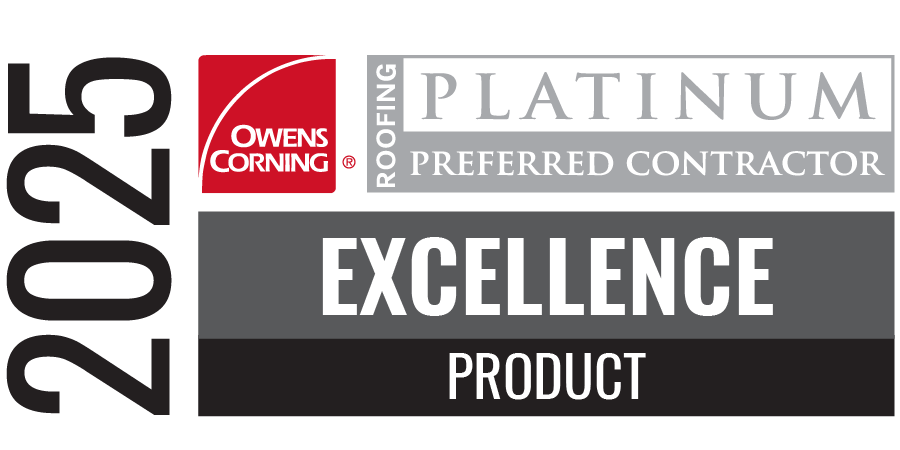

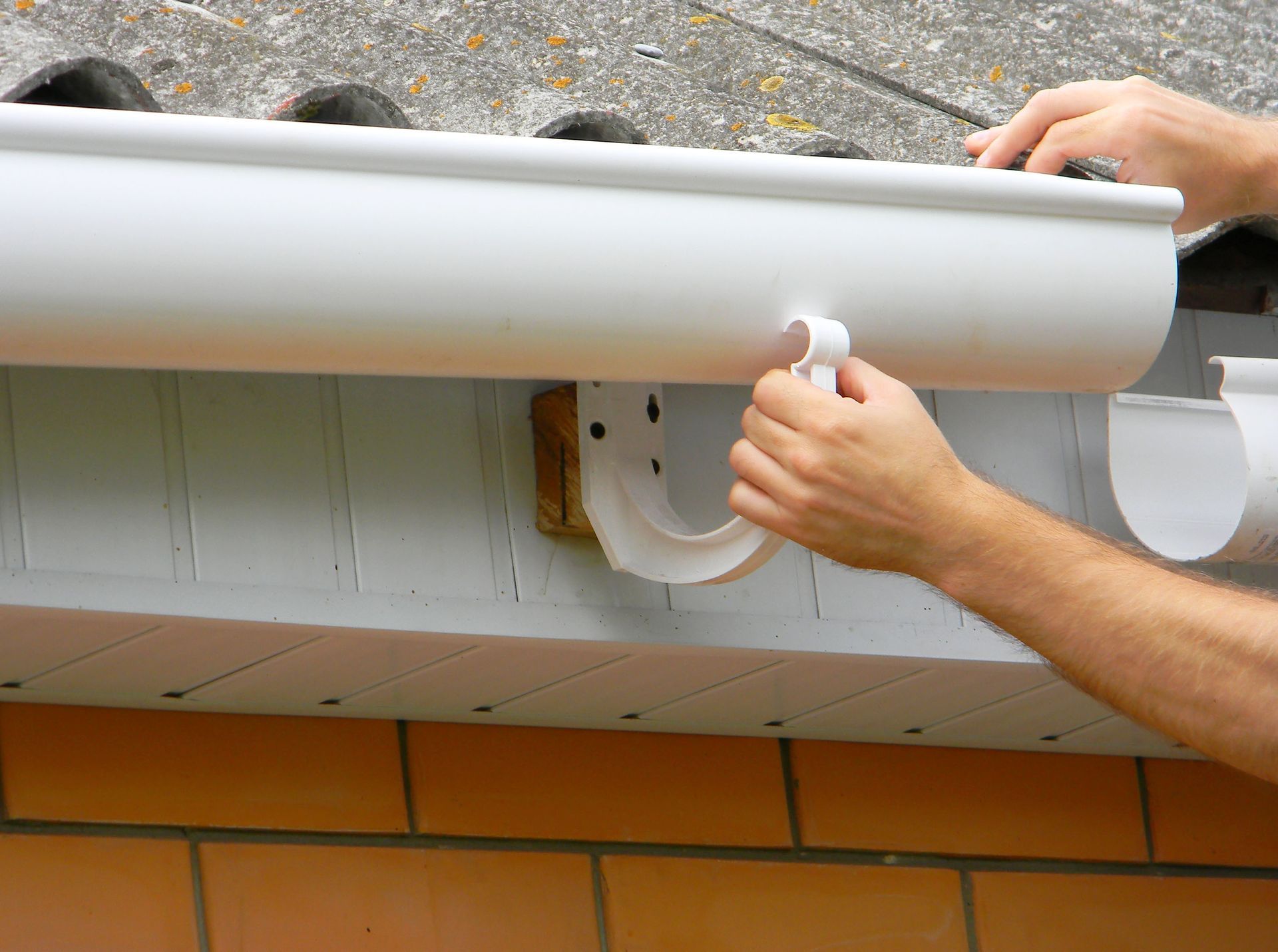
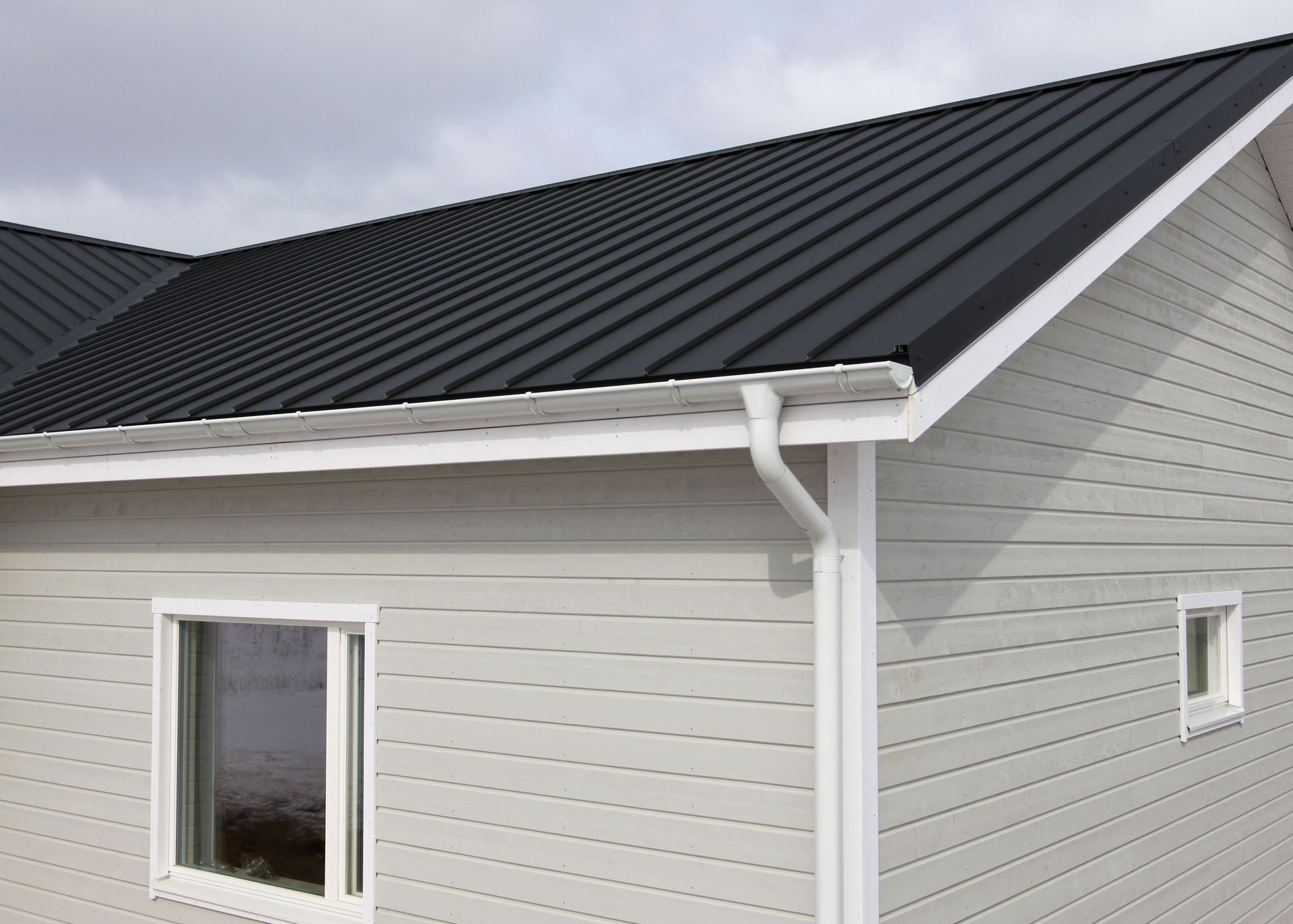
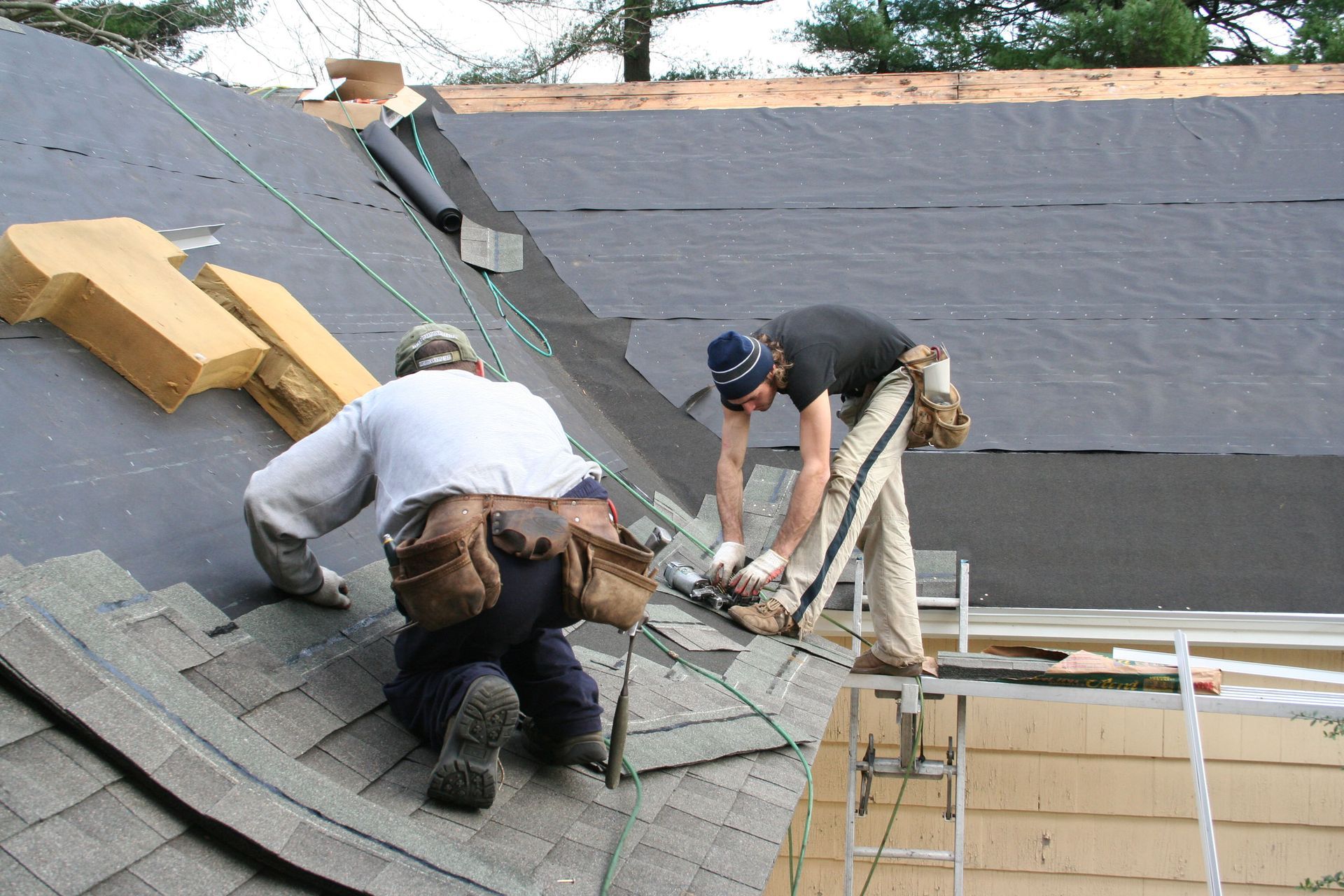
Share On: